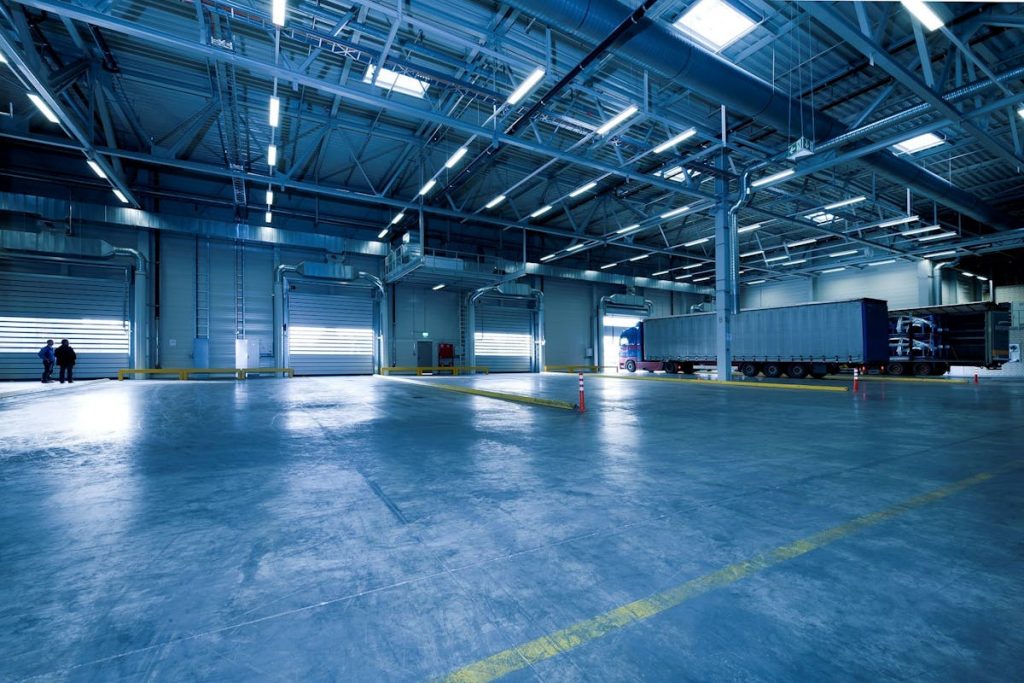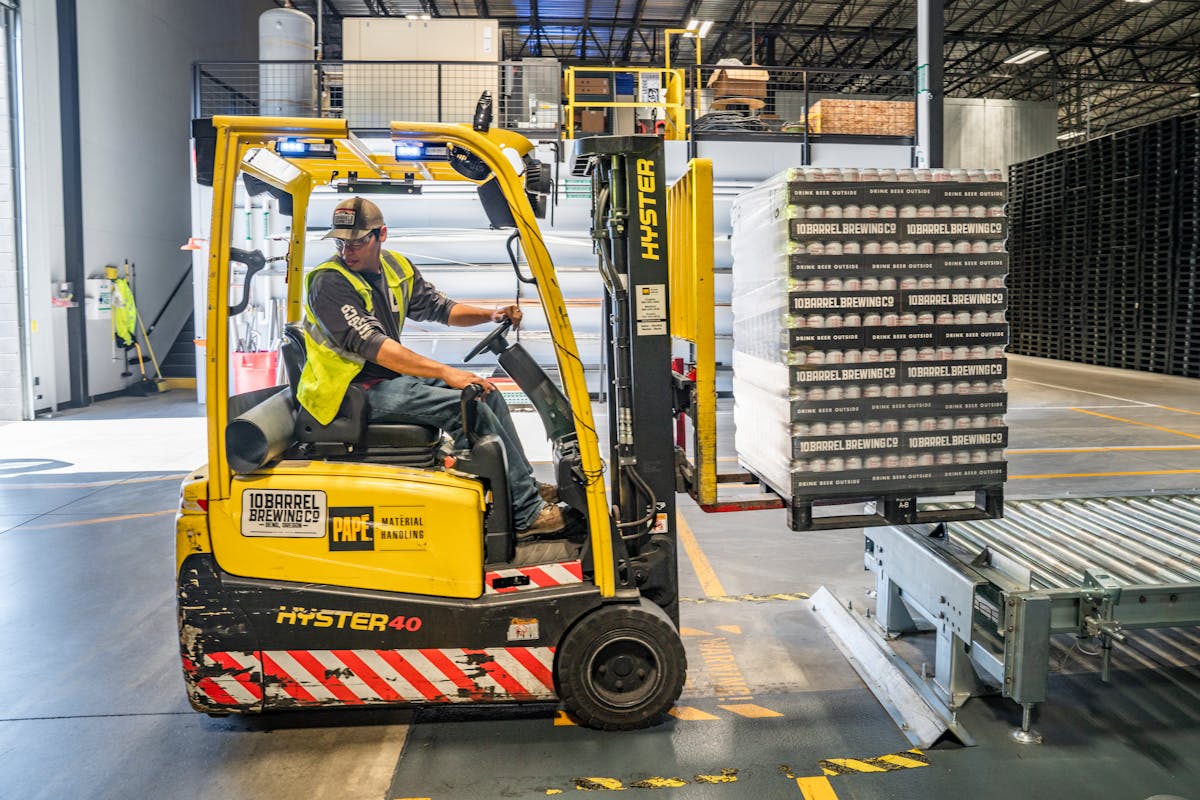
- Maximize warehouse space and efficiency through intelligent layout design and innovative vertical storage solutions.
- Wisely invest in essential equipment first, and consider leasing or financing options to manage cash flow.
- Implement energy-saving measures like LED lighting and efficient HVAC systems to significantly reduce utility costs.
- Utilize just-in-time inventory and accurate tracking software to minimize stock levels and optimize order accuracy.
- Employ cost-effective packaging strategies, including right-sizing and bulk purchasing, to lower shipping and material expenses.
One hard truth stands out for entrepreneurs venturing into the warehouse business: the sheer cost of setting up a warehouse can bite deep into your financial health. From acquiring the space to equipping it and then keeping it running, there’s no shortage of avenues where money can slip through your fingers. Navigating these financial challenges is crucial to the long-term success of your enterprise. This article will unveil five money-saving strategies that can help you establish a robust and cost-effective warehouse business without compromising efficiency or safety.
1. Optimal Space Utilization
Efficient Layout Design
Your warehouse layout is a blueprint for productivity and cost-effectiveness. A smart layout maximizes workflow efficiency, reducing the time and labor needed to fulfill orders. Techniques like the ABC analysis, which prioritizes inventory based on turnover and necessity, should inform your design. If you assign high-demand goods to the most accessible locations, your workers will spend less time moving around and more time picking and packing, keeping labor costs in check
Vertical Storage Solutions
Think vertical to capitalize on every inch of your warehouse space. Investing in high-quality racking systems and forklifts designed for higher reach can triple your storage capacity without expanding your footprint. You can also utilize mezzanine floors or overhead cranes to create additional storage space. This maximization of space utilization will save you from the hefty cost of leasing or purchasing a larger warehouse.
2. Equipment Investment Strategies
Prioritize Essential Equipment
When it comes to equipment, prioritize based on necessity. Forklifts, pallet jacks, and conveyor systems are staples. High-tech picking systems can wait until your business has a predictable demand for their use. By delaying the purchase of non-essential equipment, you can spend your initial capital wisely and prevent unnecessary expenses.
Leasing and Financing Options

Don’t deplete your capital on outright equipment purchases. Explore leasing options or finance through a good method of managing cash flow. Many manufacturers and distributors offer attractive lease terms that could significantly decrease your upfront costs. You can also work with equipment finance companies specializing in material handling equipment.
3. Energy Efficiency Measures
LED Lighting
Energy costs can be one of the highest expenses in a warehouse. Upgrading to LED lighting solutions reduces your utility bills and cuts down on maintenance costs, given their longer lifespans. To save on energy costs, you can also invest in motion sensor lighting, which only activates when needed. This energy-efficient measure can save you thousands of dollars each year
Insulation and Temperature Control
Poor temperature control can lead to damaged goods and higher energy bills. Ensure proper insulation throughout your warehouse and invest in efficient HVAC systems to maintain optimal conditions without straining your wallet. One way to save on cooling costs is by using insulation-backed dock doors. With proper insulation, cold air stays in and hot air stays out, reducing energy usage.
4. Inventory Management Techniques
Just-in-time Inventory
Adopt a just-in-time (JIT) inventory strategy to minimize excess stock. By ordering goods to arrive just before they’re needed, you reduce carrying costs and the risk of product obsolescence. You also save space by not having to store excessive stock. JIT inventory management keeps your inventory lean and efficient, resulting in cost savings for your warehouse business.
Inventory Tracking Software
Invest in reliable inventory tracking software to have a real-time view of your stock levels and their locations. This can prevent over-ordering and enhance order-filling accuracy, saving you both money and time. But regularly review and update your inventory management processes and software to ensure maximum efficiency. You can also consider utilizing RFID technology for even more accurate tracking.
5. Cost-effective Packaging Solutions
Right-sizing Packaging
Excessive packaging not only wastes materials but also increases your shipping costs. Use the right-sized packaging for your items to reduce void space and the need for additional cushioning materials. If you ship fragile items, consider using recyclable air pillows or bubble wrap alternatives to reduce packaging expenses.
Bulk Purchasing Discounts
Explore bulk purchasing options for packaging materials. Many suppliers offer discounts for larger quantities, which, when used regularly, can lead to considerable savings over time. As your warehouse business grows, you can also consider investing in custom packaging solutions tailored to your specific needs, which can reduce costs while enhancing brand identity.
Warehouse startups can forge a path toward long-term financial sustainability by integrating these five money-saving tips. Remember to continually assess and adapt your operations to stay cost-effective while meeting the growing demands of your business. For the warehouse entrepreneur, the road to profitability is an ongoing journey, and sound financial practices are the fuel that keeps you moving forward. By implementing the right strategies from the start, you can build an economically robust warehouse poised for success.
